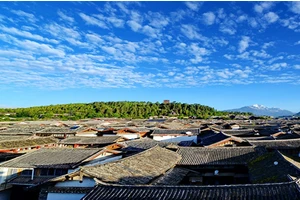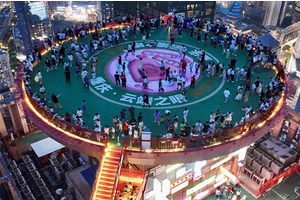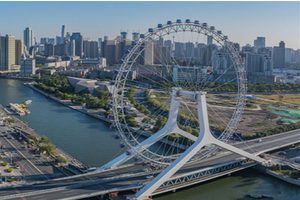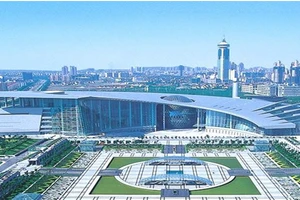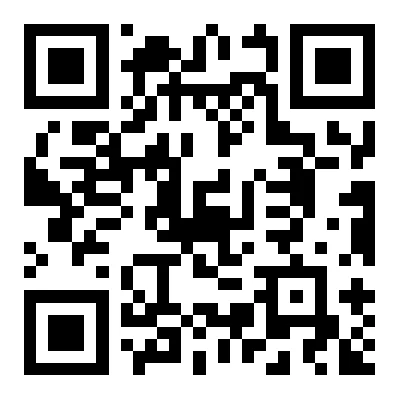Tourism page design
How to design templates for travel web pages? Making tourist web page templates is not a simple matter, and there are many factors to be considered, including pre-planning and construction and post-improvement, so professional people must be selected to design tourist web page templates.
Before designing the template of tourist web pages, we must first make clear what the purpose of the design is. And what is the theme, in order to determine the direction of design, tourism website design needs to achieve two purposes, the first is to improve the browsing experience of tourists. The first purpose is to display goods, promote tourists to buy and complete the final transformation. Although there are two different requirements to be met, they are two different aspects of the same thing, that is, meeting a certain demand of tourists to promote purchase.
Of course, different tourism module businesses have different design skills of tourism web page templates, and of course, most travel agencies are comprehensive businesses. Therefore, the web design of comprehensive travel agencies should first consider presenting the products completely, including routes, hotels, raiders, car rentals, etc., as well as navigation modules, trying to take care of the actual needs of tourists and meet the needs of different tourists.
There is also the design skills of theme tourism web pages. For example, it is very important to make hotel tourism web pages in line with the hotel's characteristic style, and to make clear that the main business is room reservation, including a series of online wandering, room display, online reservation, online payment and user center design. A good hotel website is clear and concise. Can quickly help tourists complete the ordering operation.
This is a very clear question. The target audience is the tourists, and the products are the tourist destinations and the services they provide.
First of all, we need to further subdivide the passengers. Some tourist sites are specially designed for family tours, some for children, and some for different groups of urban petty bourgeoisie, and their attractions are different. If you want the website to catch the eye of such people, you must first know what they want.
Second, it is suggested to clarify again what products and services the tourist destination can provide. Natural scenery, characteristic homestays and local specialties are arranged in order to find ways to string different services into a system. A single product is hard to attract people.
Thirdly, web design is divided into two layers: functional logic layer and visual expression layer. Here, I describe the work of product managers and interaction designers as a functional logic layer. The functional logic layer also needs to extract the core needs of the target group based on the above two points. Also pay attention to how the systematization of tourism services is related. For example, transportation, accommodation, shopping, scenic spots tickets, etc. If your website provides a network and systematic service, user stickiness will be gradually cultivated. Visual performance includes UI design and dynamic effect design. It is suggested to adopt minimalist style, use more scenic photos and render the atmosphere. The expressive power of pictures is far stronger than that of words. Dynamic design can increase the high-level sense of the website and play a role in guiding, explaining and strengthening.
Finally, after the website is designed, don't rush to develop and go online. First, find the target users for user testing, to test users' satisfaction with the website and other problems and needs of users. This user research should also be available in the first step. The deeper you study users, the easier it is for products to impress users. So, don't remove this step.


